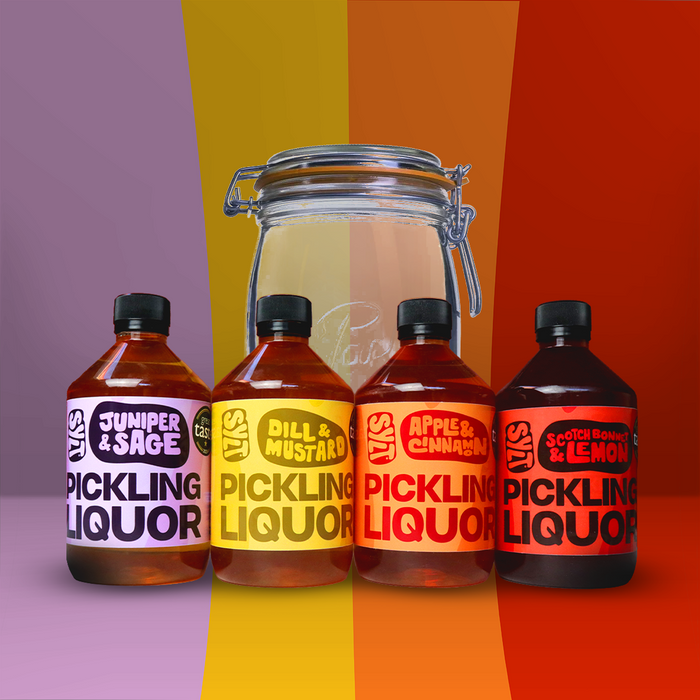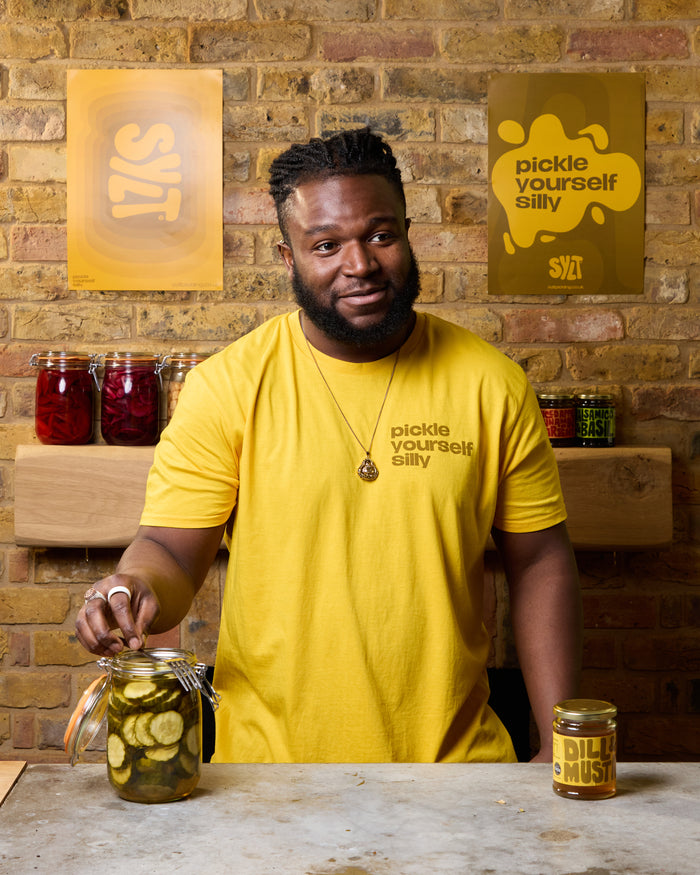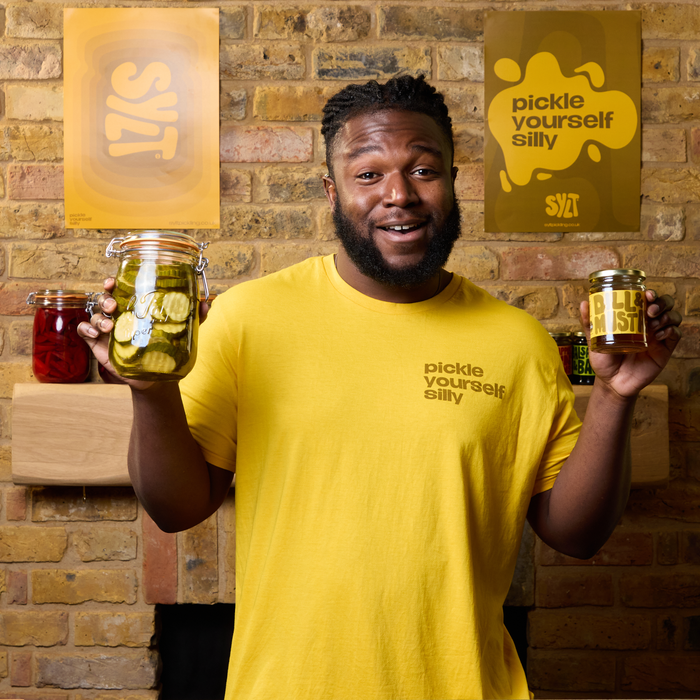The Science of Pickling
What is pickling?
Pickling is a centuries-old preservation technique that relies on an acidic solutions to extend the shelf life of food. The science behind pickling involves various chemical and biological processes that transform raw ingredients into flavourful and long-lasting pickled products.
The basis of pickling is the use of citrus juice, vinegar or other acidic liquids, which create an inhospitable environment for spoilage-causing microorganisms like bacteria, yeasts, and molds. A nasty place to be for bad stuff, in short. The high acidity of these solutions prevents the growth and proliferation of these microbes, thereby preserving the food and making it taste delicious in the process.
That’s to a large extent because pickling often involves the addition of herbs, spices, and aromatics, which not only contribute to the flavour profile of the final product but also possess antimicrobial properties that help to preserve the food.
In the case of fermentation pickling, such as with sauerkraut and kimchi, naturally occurring bacteria, primarily lactic acid bacteria, convert sugars in the food into lactic acid through anaerobic respiration.
Additionally, pickling involves the use of salt, which draws out moisture from the food through osmosis. This dehydration process helps to further inhibit microbial growth and creates an environment conducive to the fermentation process.

Pickling vs Fermentation
As you can see from the diagram above, we like to divide food preservation into two main groups, those techniques that utilise an active ingredient or process to preserve the produce, and those that are based on a non-active process. Both pickling and lactofermentation (think sauerkraut and kimchi) utilises acidity to preserve produce, and are in that sense related, but whereas the acidity in pickling comes from an added pickling solution, the acidity in fermentation is the result of a microbiological process that happens over time. In the briefest of terms means sugars converting into lactic acid, which in turns preserves the produce. This acidic environment inhibits the growth of harmful bacteria while enhancing the flavour and texture of the food.
Since the fermentation process is an active one, both temperature and time is important. Because of the gases that are released as a by-product of the transformation process, it is also important to let these out, also known as burping, during the fermentation process, to avoid an accidental explosion. Factors such as the duration of fermentation, the concentration of salt and acidity, and the storage conditions also all influence the final outcome of the final product.
How does Sylt fit into all of this?
Our products are exclusively operating in the pickling space – they are vinegar based and blended to just the right level of acidity for pickling perfection. They also do contain some salt and sugar, which on their own also have preservative qualities, to boost the shelf-life of pickled produce further. Since it doesn’t have any active ingredients, the only factor you need beyond a jar of Sylt and some produce, is time. A few hours should do. You also run no risk of explosions, which is a nice bonus.
A final tip
Whereas both pickling and fermentation creates inhospitable environments for nasty microorganisms – it is not an invincible barrier, so good hygiene is important regardless of which method you choose. Ensure you are using sterilised jars and clean serving equipment every time to minimise the risk of contamination.



